In a world filled with colors and diversity, "hues of happiness" emerge as a turning point in interior design. Colors are not just a decorative element, but also a language that expresses our emotions and directly affects our mood and psychological state.
Choosing the right colors in interior design can significantly change our interaction with the environment and our feelings.
In this article, we will explore the magic of "hues of happiness" and their critical role in enhancing the levels of happiness and comfort in interior design. Creative use of colors can transform spaces into lively and joyful places.
What are "Hues of Happiness" and Their Role in Enhancing Comfort in Interior Design?
"Hues of happiness" are a group of bright and cheerful colors that evoke positivity and happiness in people. These include colors like warm yellow, sky blue, and vibrant green, as well as other bright colors like orange, pink, and red.
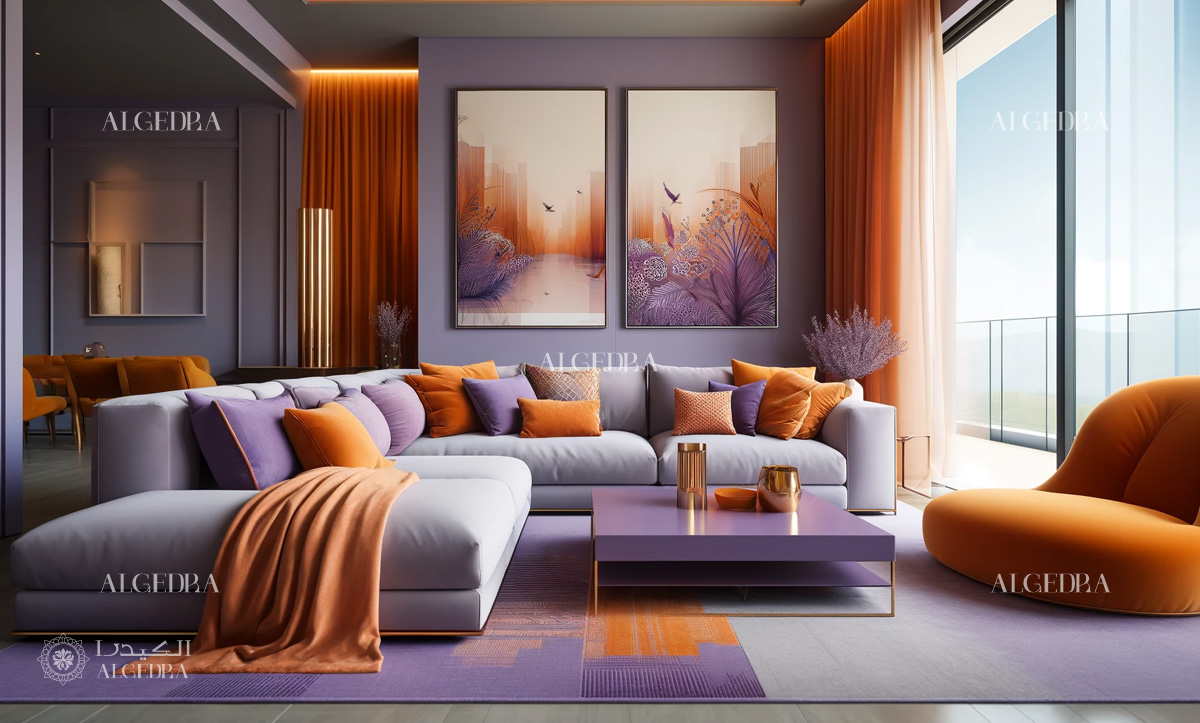
Yellow: A Symbol of Optimism and Energy
Yellow is associated with optimism and energy, enhancing feelings of joy and happiness.
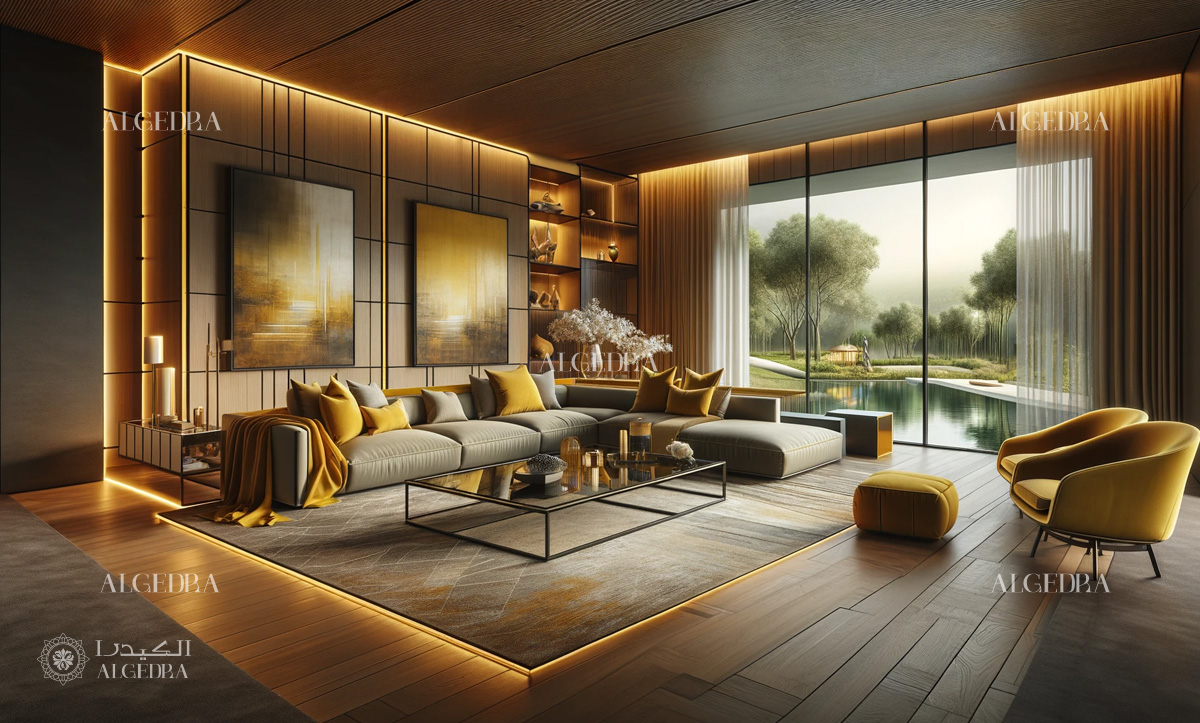
Blue: Calmness and Relaxation
Sky blue represents calmness and relaxation, soothing nerves and reducing stress, thereby increasing the level of happiness and comfort in interior spaces.
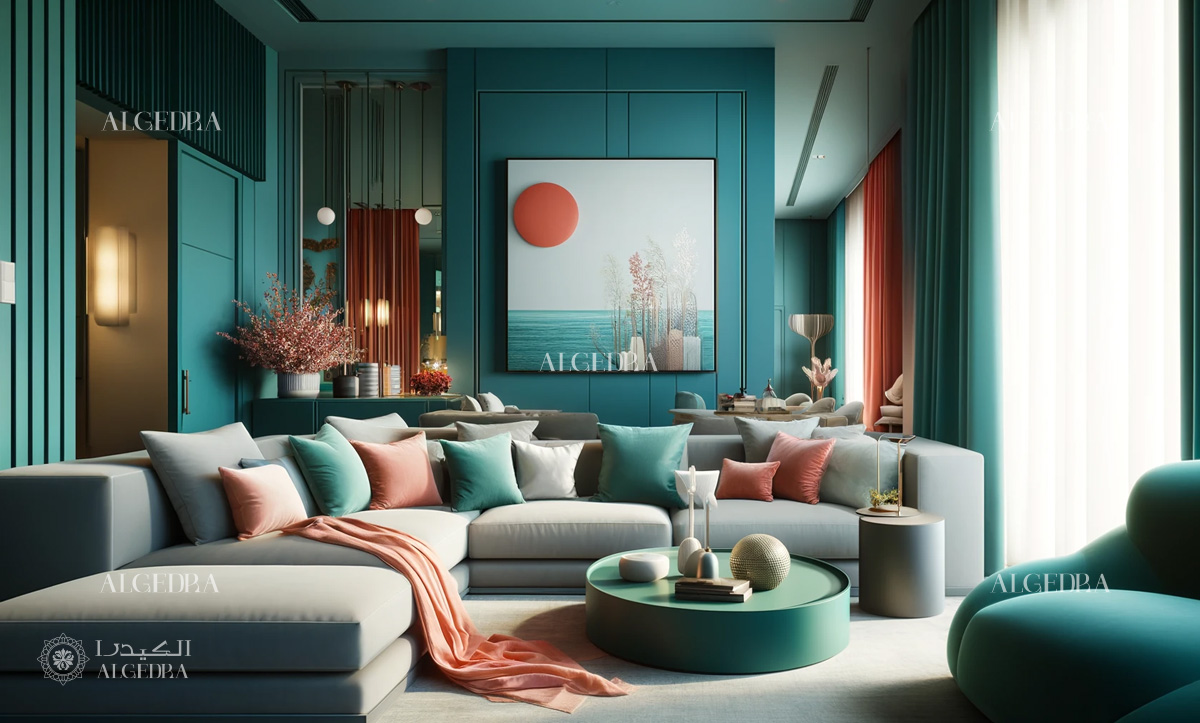
Green: Harmony with Nature
Vibrant green strengthens the feeling of connection with nature and renewal, making it an ideal choice for interior design aimed at creating a comfortable and relaxing environment.
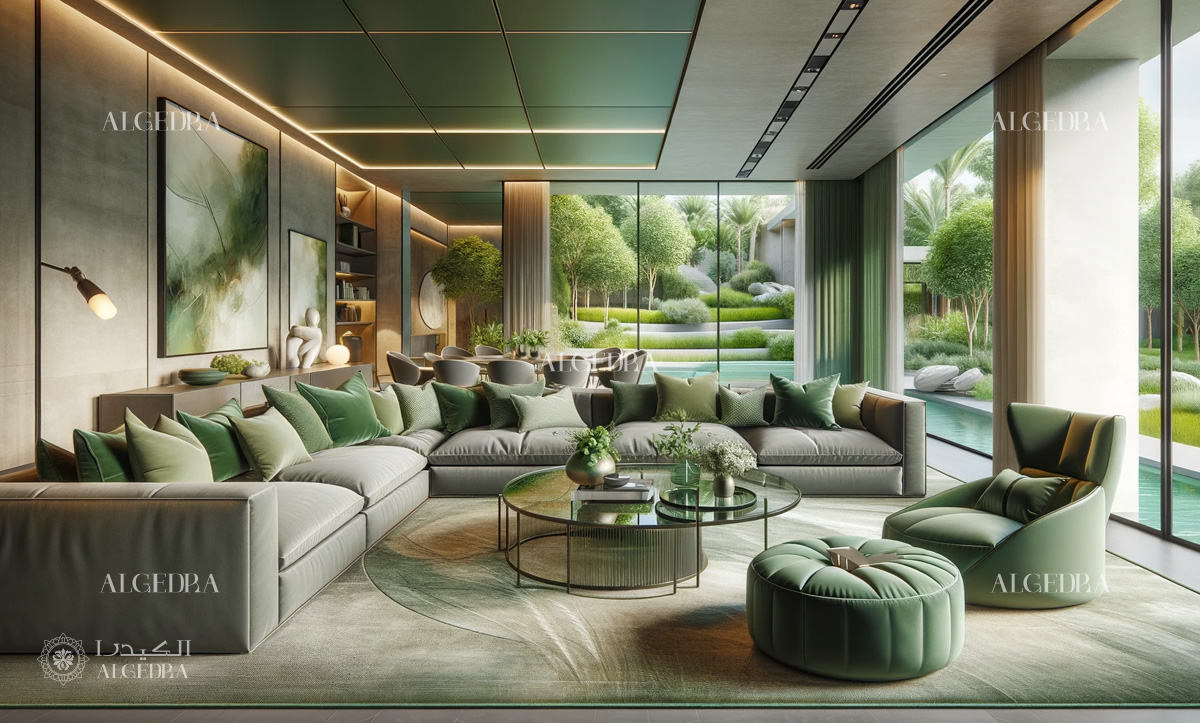
The role of "hues of happiness" in enhancing happiness and comfort in interior design shows their ability to stimulate our mood and improve the feelings of positivity and comfort in the spaces we live in. When used correctly in interior design, these colors:
- Elevate Mood: Bright and vibrant colors like yellow, blue, and green promote positive energy, raise happiness levels, and improve mood.
- Enhance Comfort: Warm and soothing colors like green and blue can calm nerves and create a relaxing environment.
- Create a Lively Atmosphere: The creative use of bright colors can make spaces more vibrant and energetic, creating a dynamic and active environment.
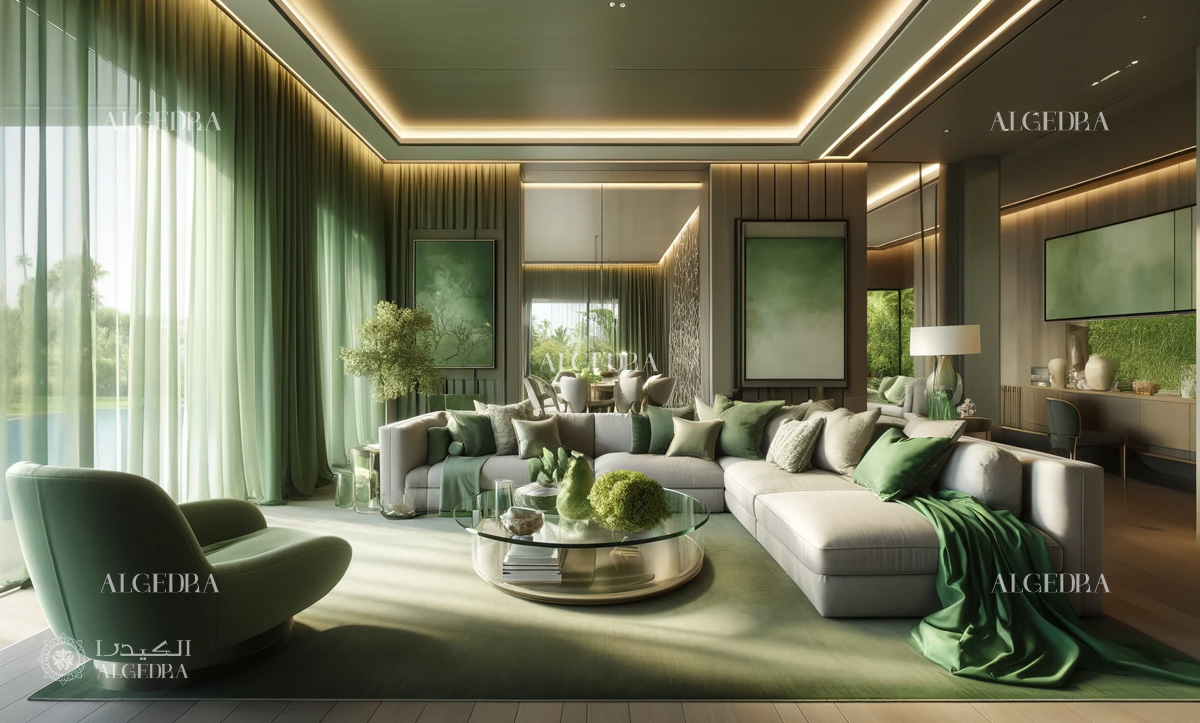
In summary, the use of "hues of happiness" plays a vital role in creating a comfortable and enjoyable experience in interior design. These colors enhance the levels of happiness and comfort in our living spaces, improving our overall quality of life.
The Impact of Colors on the Mind and Emotions
Research shows that colors have a direct impact on the mind and emotions. Depending on the context in which they are used, colors can evoke feelings of happiness, excitement, energy, or calmness and relaxation.
The impact of colors on the mind and emotions is an interesting topic in psychology and design. Colors can affect our mood and feelings, and people react to colors unconsciously and at a subconscious level.

For example, the color blue is considered calming and relaxing, and can help soothe nerves and reduce stress. Conversely, red is seen as stimulating and invigorating, and can increase feelings of excitement and enthusiasm.
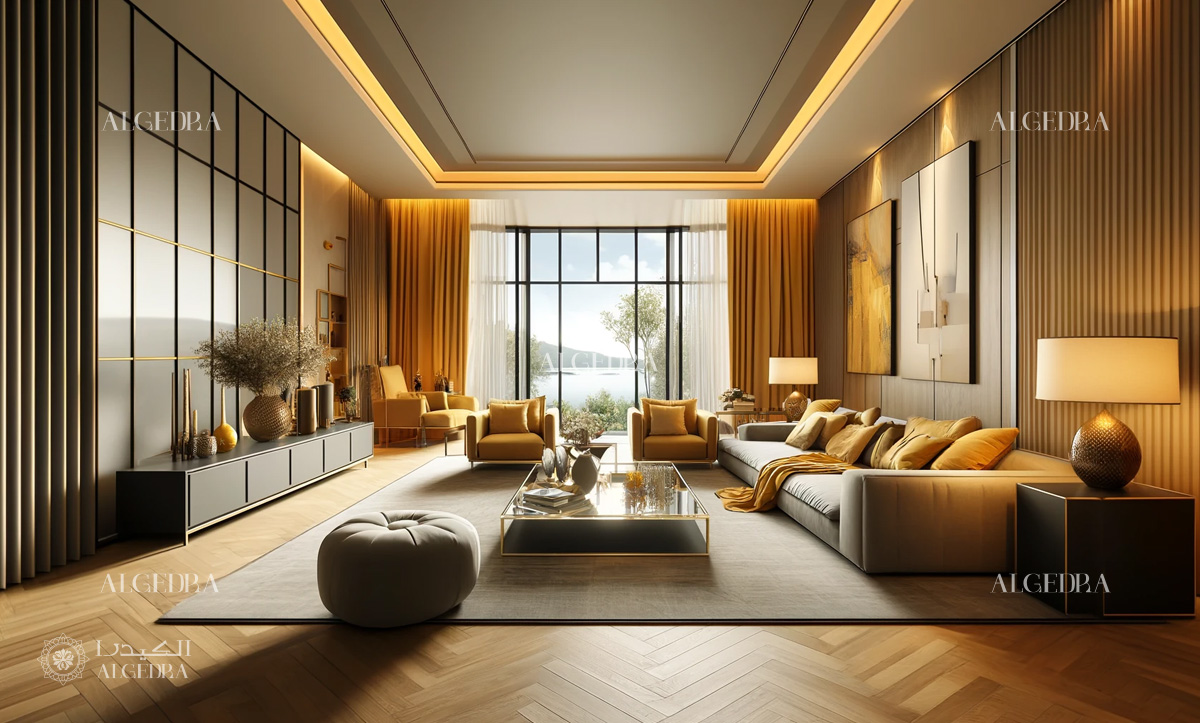
The effects of colors can vary according to cultural and traditional differences; a color associated with sadness in one culture might be linked with joy in another. Additionally, colors can be used in psychotherapy to improve mood and reduce anxiety and stress.
The Use of Colors in Psychotherapy
The use of colors in psychotherapy aims to improve mood and reduce stress and anxiety. Bright colors play a significant role in improving the overall condition of patients.

Color therapy is an effective method for improving psychological and emotional health. Colors can have a profound effect on our psychological and mental state. This therapy involves the use of colors in drawing and painting, relaxation training, and the interior design of homes and therapy centers. The goal is to encourage positive emotional responses and achieve psychological balance and emotional healing.
Modern Trends in Interior Design
Nowadays, interior design focuses on mental health and well-being. Therefore, the use of bright and vibrant colors in interior designs is increasing.
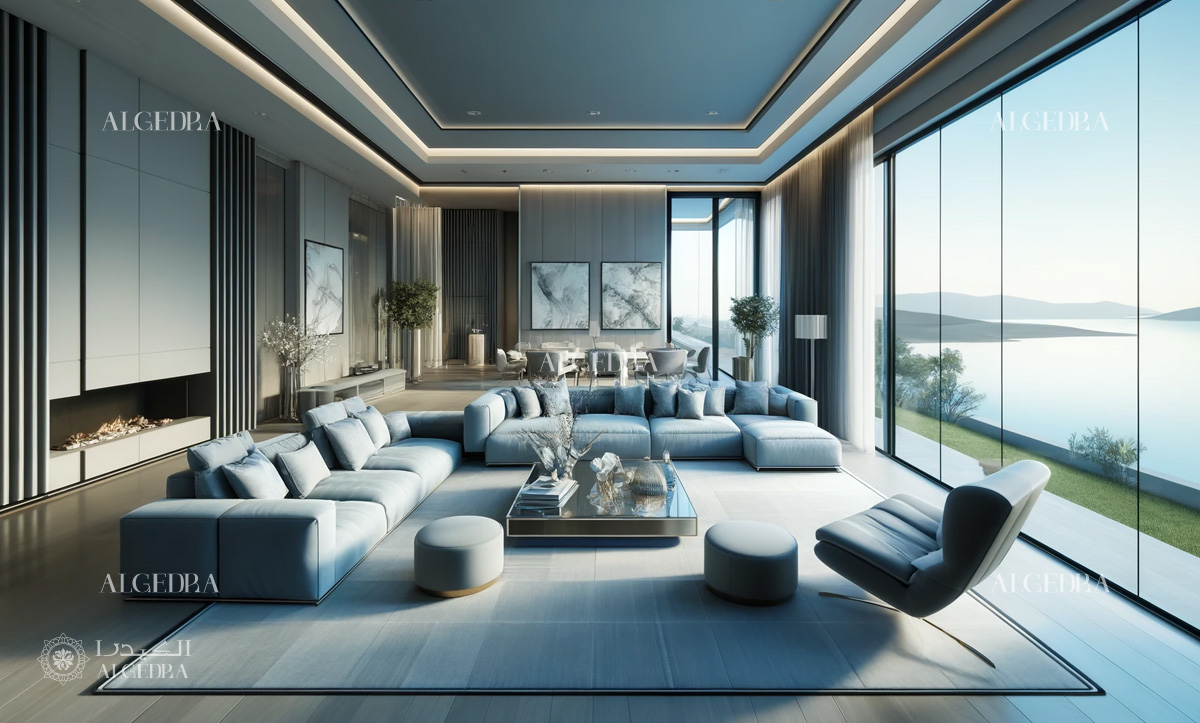
The interior design industry aims to balance functionality and aesthetics, focusing on interactive and comfortable environments. Modern design emphasizes sustainability and technology while also prioritizing diversity and creativity in designs.
Designers aim to create unique experiences and comfortable environments while maintaining simplicity and order.
The Impact of Lighting on Colors
The impact of lighting on colors is a fundamental component in interior design. Light greatly determines the appearance of colors and their effect on spaces.
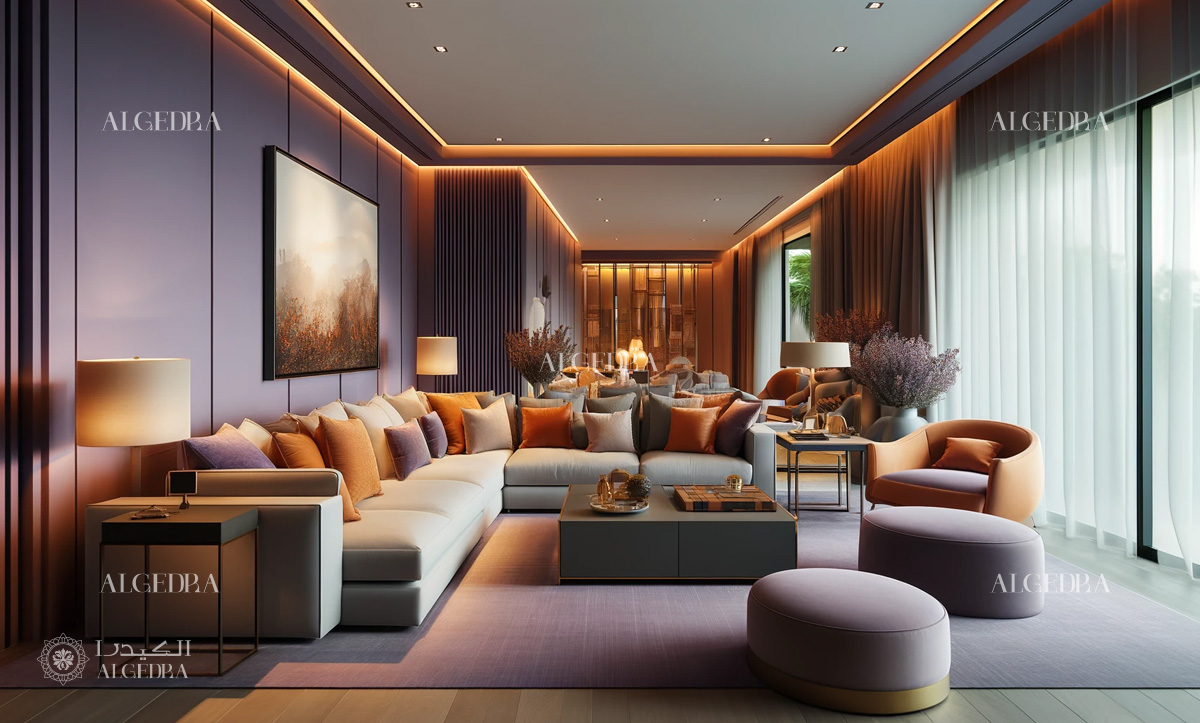
Natural light reflects colors naturally, while artificial lights can change the appearance of colors. Cool lights add purity and sharpness to colors, while warm lights give colors warmth and softness. These subtle details affect our experience and responses in interior spaces.
Colors and Design Harmony
Achieving harmony and balance among colors in interior design is crucial for creating a comfortable and beautiful environment. Colors should be used in a coordinated and harmonious manner with other design elements, such as furniture, lighting, and accessories. Color harmony makes the space look more cohesive and smooth, enhancing the overall aesthetics of the interior design.

Conclusion
At the end of our colorful journey through the world of "hues of happiness," we realize that beauty can be seen not only in shapes and designs but in the colors that brighten our lives. The creative and balanced use of colors reflects our individuality and enhances our daily happiness.
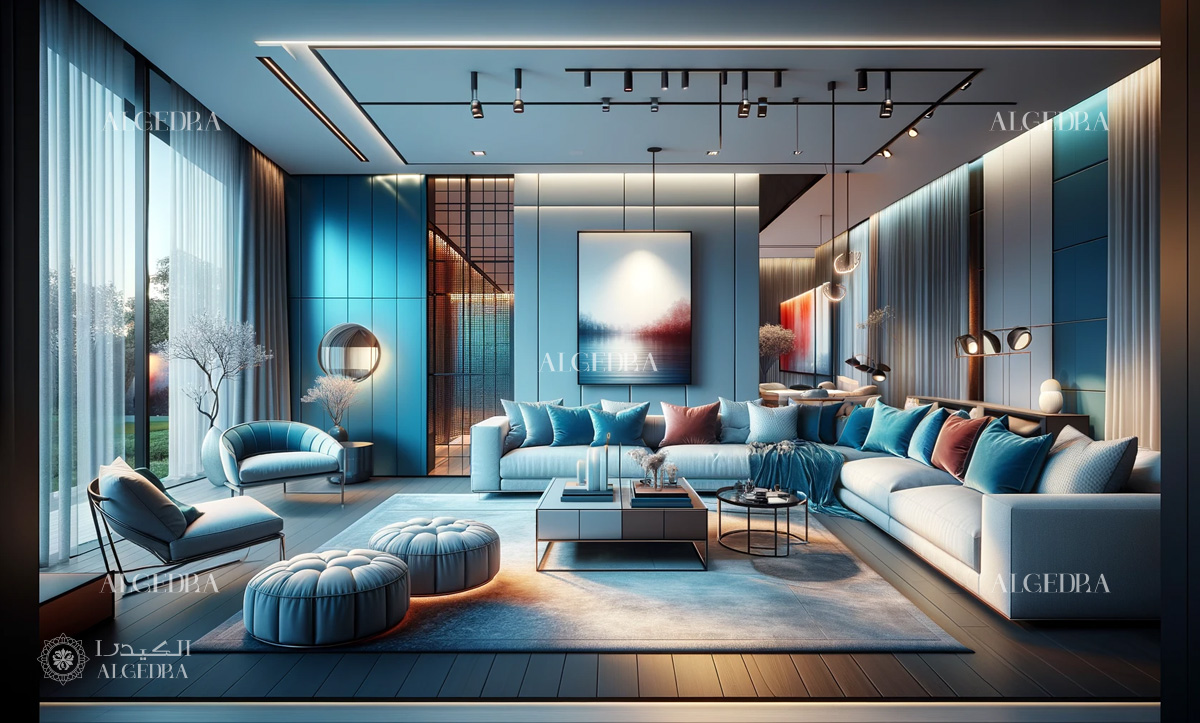
Let us all enjoy every color around us and recognize the power of colors to transform ordinary spaces into vibrant and happy places. Let's be open to the beauty of colors and use them wisely to achieve balance and happiness in our lives.
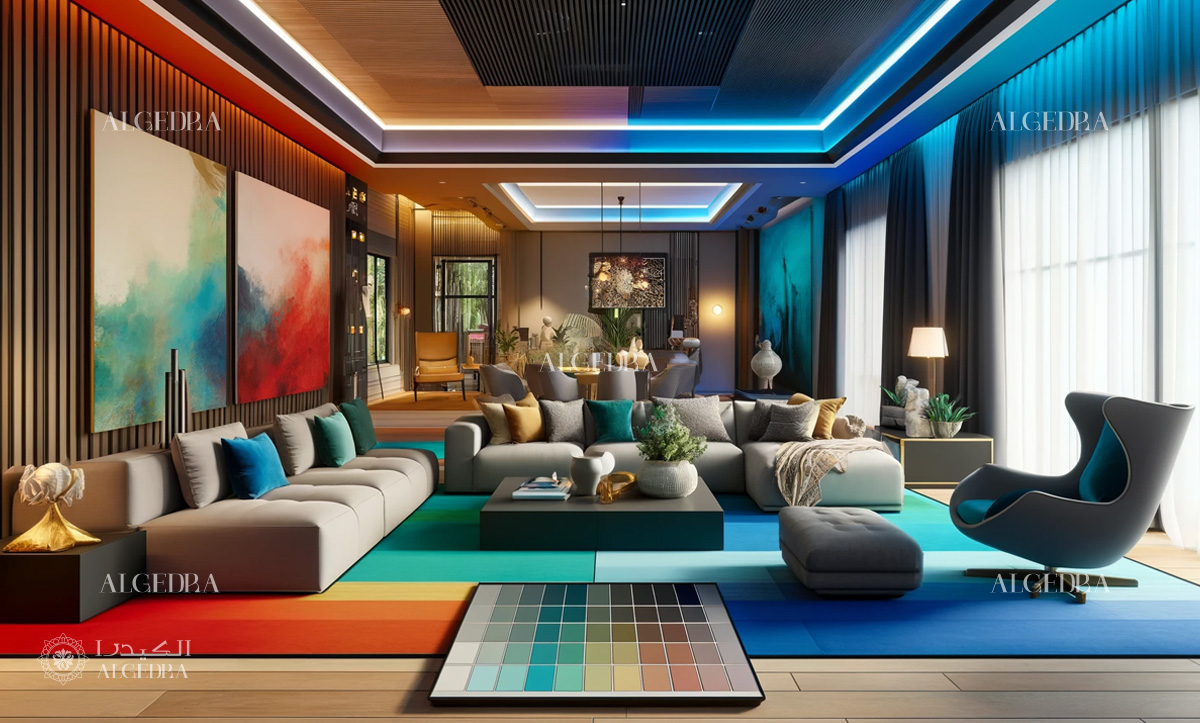
Visit our website now to discover the latest developments in the world of design and decor.